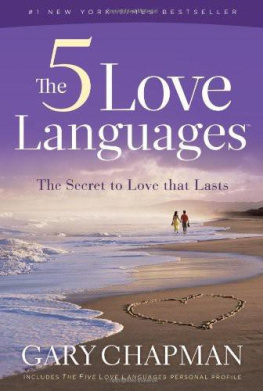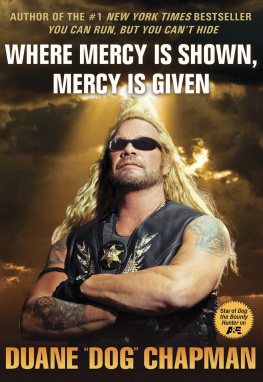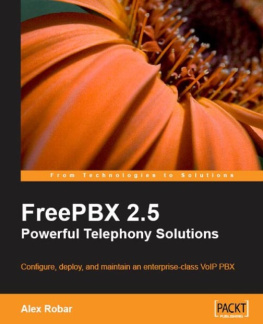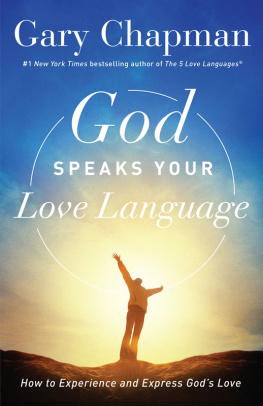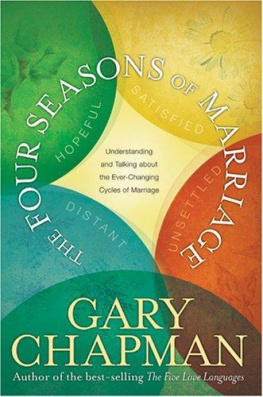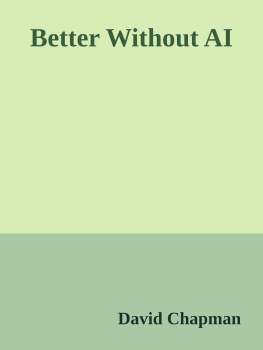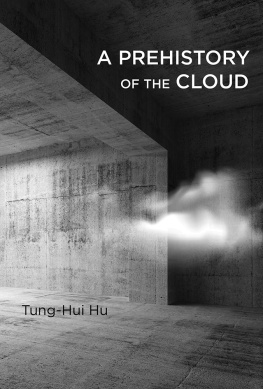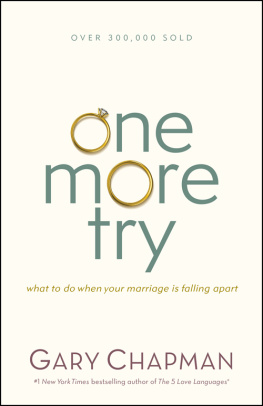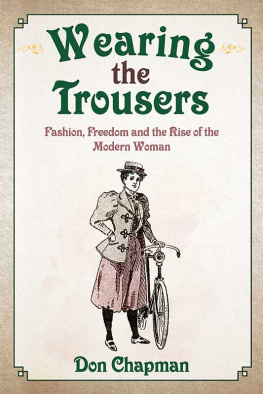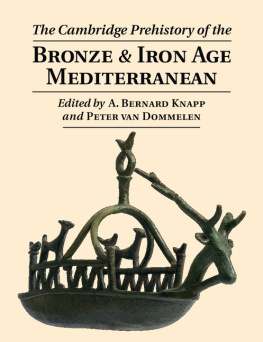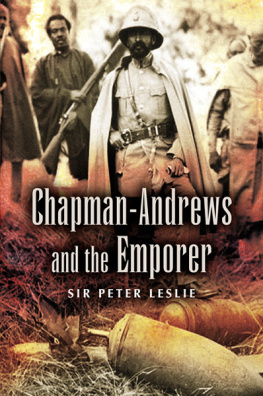Chapman - Iconoclasm and later prehistory
Here you can read online Chapman - Iconoclasm and later prehistory full text of the book (entire story) in english for free. Download pdf and epub, get meaning, cover and reviews about this ebook. year: 2018, publisher: Routledge, genre: Religion. Description of the work, (preface) as well as reviews are available. Best literature library LitArk.com created for fans of good reading and offers a wide selection of genres:
Romance novel
Science fiction
Adventure
Detective
Science
History
Home and family
Prose
Art
Politics
Computer
Non-fiction
Religion
Business
Children
Humor
Choose a favorite category and find really read worthwhile books. Enjoy immersion in the world of imagination, feel the emotions of the characters or learn something new for yourself, make an fascinating discovery.
Iconoclasm and later prehistory: summary, description and annotation
We offer to read an annotation, description, summary or preface (depends on what the author of the book "Iconoclasm and later prehistory" wrote himself). If you haven't found the necessary information about the book — write in the comments, we will try to find it.
Iconoclasm and later prehistory — read online for free the complete book (whole text) full work
Below is the text of the book, divided by pages. System saving the place of the last page read, allows you to conveniently read the book "Iconoclasm and later prehistory" online for free, without having to search again every time where you left off. Put a bookmark, and you can go to the page where you finished reading at any time.
Font size:
Interval:
Bookmark:

Iconoclasm and Later Prehistory
Iconoclasm, or the destruction of images and other symbols, is a subject that has significant resonance today. Traditionally focusing on examples such as those from late Antiquity, Byzantium, the Protestant Reformation and the French Revolution, iconoclasm implies intentioned attacks that reflect religious or political motivations. However, the evidence highlights considerable variation in intentionality, the types and levels of destruction and the targets attacked. Such variation has been highlighted in recent iconoclasm scholarship and this has resulted in new theoretical frameworks for its study.
This book presents the first analysis of iconoclasm for prehistoric periods. Through an examination of the themes of objects, the human body, monuments and landscapes, the book demonstrates how the application of the approaches developed within iconoclasm studies can enrich our understanding of earlier periods in addition to identifying specific events that may be categorised as iconoclastic.
Iconoclasm and Later Prehistory combines approaches from two distinct disciplinary perspectives. It presents a new interpretative framework for prehistorians and archaeologists, whilst also providing new case studies and significantly extending the period of interest for readers interested in iconoclasm.
Henry Chapman is Reader in Archaeology at the University of Birmingham. His principal research interests are later prehistory, bog bodies, iconoclasm, wetland archaeology and the application of digital technologies to the study of the past. He is a Fellow of the Society of Antiquaries.
For Jackie, Sam, Freddie and Kittie
Iconoclasm and Later Prehistory
Henry Chapman

First published 2018
by Routledge
2 Park Square, Milton Park, Abingdon, Oxon OX14 4RN
and by Routledge
711 Third Avenue, New York, NY 10017
Routledge is an imprint of the Taylor & Francis Group, an informa business
2018 Henry Chapman
The right of Henry Chapman to be identified as author of this work has been asserted by him in accordance with sections 77 and 78 of the Copyright, Designs and Patents Act 1988.
All rights reserved. No part of this book may be reprinted or reproduced or utilised in any form or by any electronic, mechanical, or other means, now known or hereafter invented, including photocopying and recording, or in any information storage or retrieval system, without permission in writing from the publishers.
Trademark notice : Product or corporate names may be trademarks or registered trademarks, and are used only for identification and explanation without intent to infringe.
British Library Cataloguing-in-Publication Data
A catalogue record for this book is available from the British Library
Library of Congress Cataloging-in-Publication Data
A catalog record for this book has been requested
ISBN: 9781138038707 (hbk)
ISBN: 9781315177236 (ebk)
Typeset in Times New Roman
by Deanta Global Publishing Services, Chennai, India
Contents
| Scales of intentionality and agency in acts of iconoclasm |
| Locations of sites mentioned in the text relating to the smashing, snapping or stabbing of objects. |
| The four surviving fragments of the broken stone head from Meck ehrovice. The fifth fragment was never found. |
| Locations of sites mentioned in the text relating to the bending or buckling of objects. |
| Various levels of bending experienced by Iron Age swords. A: Kelvedon (Essex), B: Coleford (Gloucestershire), C: Aldwincle (Northamptonshire), D: Acklam (North Yorkshire) and E: Springfield (Essex). Based upon Stead (2006, figures 63, 79, 82, 84 and 95). |
| Bent sword from a La Tne grave at Farre in Denmark. Photograph by John Lee. |
| Locations of cart/chariot burials from north-eastern England. |
| Examples of dismantled and intact cart/chariot burials. A: Wetwang Slack cart burial no. 2 (East Yorkshire), B: Garton Station GS6 (East Yorkshire), C: Ferry Fryston (West Yorkshire). Based on Dent (1985, 89, figure 3), Stead (1991, 221, figure 122) and Boyle et al. (2007, 126, figure 86). |
| The Gundestrup cauldron. Photograph by Lennar Larsen. |
| Locations of sites mentioned in the text relating to the deposition of objects, showing those associated with burials and those from other contexts. |
| Locations of sites mentioned in the text relating to bodies in life. |
| The grave of the Egtved Girl showing her clothes, adornments and other grave goods. Photograph by Roberto Foruna and Kira Ursem. |
| Elling Womans elaborate hairstyle. Photograph by Lennart Larsen. |
| Locations of sites mentioned in the text relating to conflict. |
| Locations of sites mentioned in the text relating to human sacrifice. |
| Locations of sites mentioned in the text relating to the deposition of human remains in cemeteries and related contexts. |
| Locations of sites mentioned in the text relating to other forms of deposition of human remains. |
| Huldremose Woman, showing the injury to her right arm. Photograph by Lennart Larsen. |
| Locations of British hillforts and associated monuments mentioned in the text. |
| The architecture of the marsh fort on Sutton Common, South Yorkshire. |
| The development of the hillfort at Quarley Hill, Hampshire, between the eighth and fifth centuries bc. Contours are at 5m intervals. Based on Cunliffe (1990, 326, figure 3). |
| Phases in the development of the hillfort at Danebury in Hampshire. Contours are at 5m intervals. Based on Cunliffe (2011, 61, figure 34). |
| One of the stakes from the site of Beccles in Suffolk, showing evidence of carpentry. This 2m long stake was one of at least 500 used in the construction of the monument. |
| Locations of the excavated sites at Beccles, Barsham and Geldeston, showing the conjectured continuations of the monuments. |
| Locations mentioned in the text relating to sacred sites, showing the positions of those within hillforts and settlements, those located outside or adjacent to settlements and those from other contexts. The principal rivers where votive deposition has been identified are highlighted. |
| The later prehistoric fields surrounding the village of Edenthorpe near Doncaster in South Yorkshire. Excavations here have identified at least four phases of re-cutting and re-aligning boundaries. Based on Riley (1980). |
| The distribution of pit-alignments in the area of Catholme and Whitemoor Haye, at the confluence of the Rivers Trent, Tame and Mease in Staffordshire, revealed by crop marks and excavation. |
| Later prehistoric fields cut by a first-century Roman road in South Yorkshire, between the villages of Rossington to the north and Austerfield to the south. Based on Riley (1980). |
| The surviving lower part of one of the larger posts from the marsh fort on Sutton Common, South Yorkshire. |
My exploration of iconoclasm in later prehistory began in 2011 when I was invited to join the AHRC-funded Iconoclasms Network by Leslie Brubaker and Richard Clay. The discussions that took place over the subsequent two years of the network, and at locations including Tate Britain and the University of Notre Dame, highlighted that frameworks being developed by iconoclasm scholars were not only applicable to the study of prehistory, but could provide a foundation for enriching interpretation. This book is my attempt at realising the potential for bringing together the two disciplinary approaches of iconoclasm studies and later prehistory.
Font size:
Interval:
Bookmark:
Similar books «Iconoclasm and later prehistory»
Look at similar books to Iconoclasm and later prehistory. We have selected literature similar in name and meaning in the hope of providing readers with more options to find new, interesting, not yet read works.
Discussion, reviews of the book Iconoclasm and later prehistory and just readers' own opinions. Leave your comments, write what you think about the work, its meaning or the main characters. Specify what exactly you liked and what you didn't like, and why you think so.

